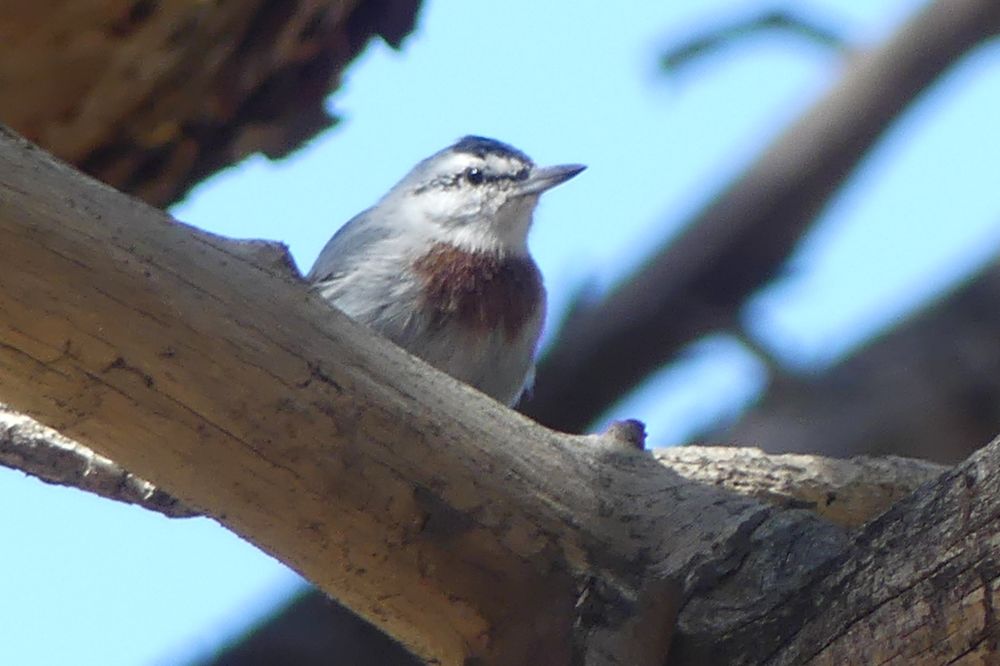
A Naturalist Abroad
@anaturalistabroad.bsky.social
270 followers
190 following
300 posts
Sharing the wonders of nature from my base in Norfolk and on trips much further afield.
Posts
Media
Videos
Starter Packs





















































